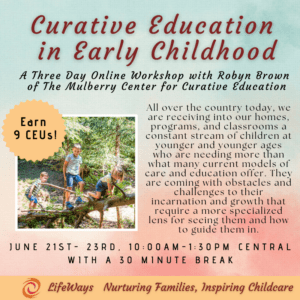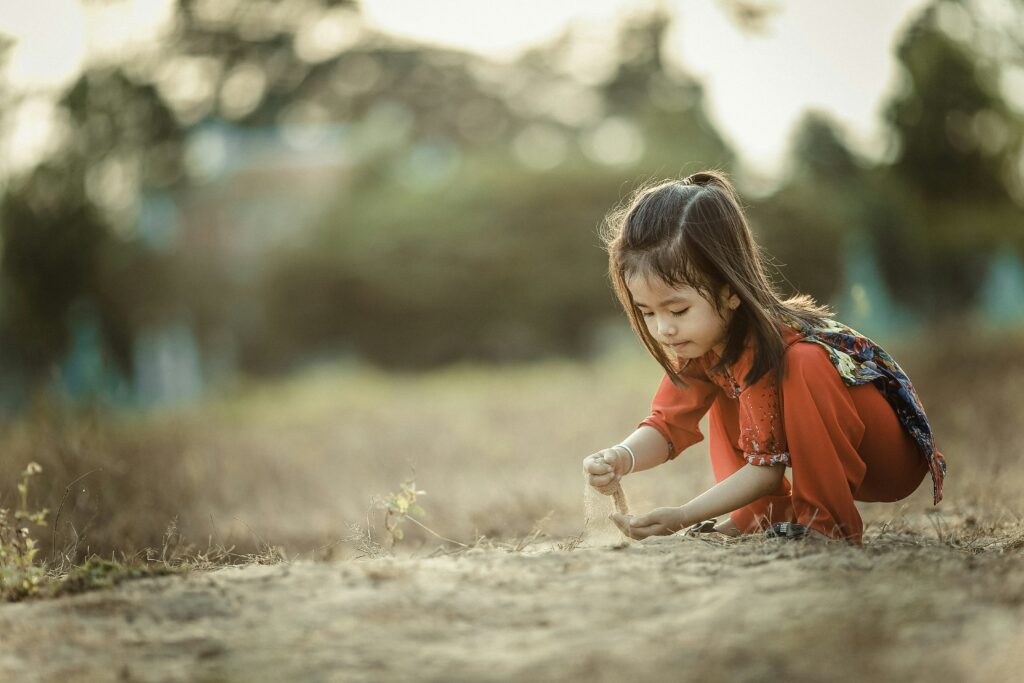May 2024
Today’s article has been written for LifeWays by Robyn M Brown. Learn more about her and her remarkable Curative Education work here!
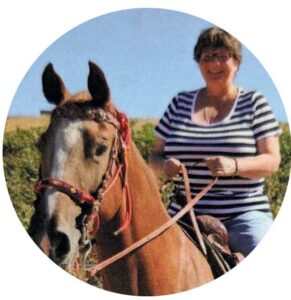
In the moment we are born we bring with us two distinct beings. We bring with us our highest and truest self and we bring with us a bag of obstacles we consciously chose before this new birth because we knew that to become our highest self we had to first overcome some things. Rudolf Steiner would refer to the first “self” as our individuality body. The second “self” he would call our hereditary body. When we look into the eyes of the new born we see that highest self; that individuality, and, wonderfully, they see the same in us. That is why holding a newborn is so magnificent. We each see the other without preconceptions, projections or judgement. It’s the sense of the I of the other, and we work the rest of our lives to get back to what we knew instinctively as a new born.
The weaving of our individuality body is the work we take up before we come to earth and start a new life. Karl Koenig says this body is something the angels help us find the threads to weave for
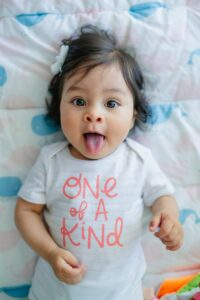 ourselves and we work at it until it’s perfect. When it is perfect we are ready to return to earth for a new life. We bring this potential within us but we also have the reality of karma. We have things we have to adjust in order for our fullest self to manifest. All of these obstacles are things we chose so that we will have the opportunity to overcome them and through that grow stronger and closer to being the person we are intended to be.
ourselves and we work at it until it’s perfect. When it is perfect we are ready to return to earth for a new life. We bring this potential within us but we also have the reality of karma. We have things we have to adjust in order for our fullest self to manifest. All of these obstacles are things we chose so that we will have the opportunity to overcome them and through that grow stronger and closer to being the person we are intended to be.
This is of course the work of a lifetime, but there is a window at the beginning of our life where things are much simpler. Rudolf Steiner says that the work of the first seven years is for the individuality body to overcome the hereditary body. 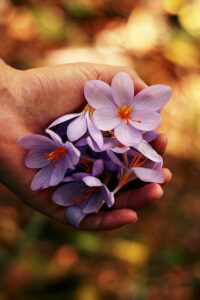 Every seven years we recreate ourselves from the inside out. We are not intended to recreate the same prototype as our hereditary body might indicate. We are meant to recreate, to be constantly forming ourselves always looking towards the full potential of our individuality body.
Every seven years we recreate ourselves from the inside out. We are not intended to recreate the same prototype as our hereditary body might indicate. We are meant to recreate, to be constantly forming ourselves always looking towards the full potential of our individuality body.
This is why Rudolf Steiner designates the first seven years as being the work of the will. Each of the first seven year periods has its own focus and by the time we reach twenty one we should have had an opportunity to round out all of the three soul forces. The first period; birth to seven focuses on the will, the next one; seven to fourteen focuses on feeling and the last seven year period focuses on thinking.
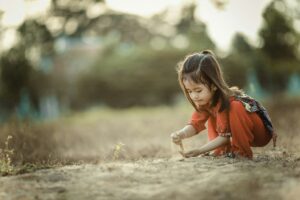
As we are working with the young child we shouldn’t forget we are working in this time with the greatest potential for change. What we do in these first seven years will make the rest of the child’s life more in alignment with their own soul’s intentions, or it will make that work harder than it needed to be.
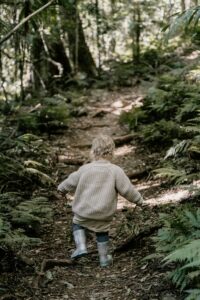
When we really look at the details in what the child shows us daily it becomes clear what we need to give them in order for the work of the individuality body to do it’s job. That means learning to observe is imperative. And once we have learned to really observe then we need to have a working knowledge of what to do.
On June 21-23 I will have the opportunity to work with Lifeways’ participants in a workshop aimed at developing this understanding and the skills to support it. I am always so grateful when early childhood educators take up Steiner’s work. The content of Steiner’s lectures referred to as Curative Education, working in tandem with the pedagogical pictures of child development he gave us creates a foundation for the child out of which they can’t help but thrive.
Learn More about Robyn’s Upcoming Workshop Here!
